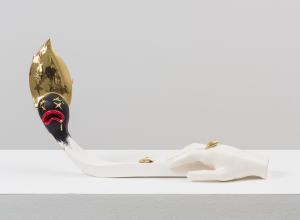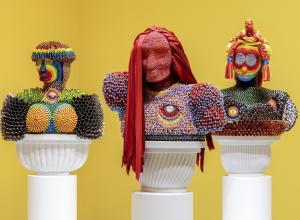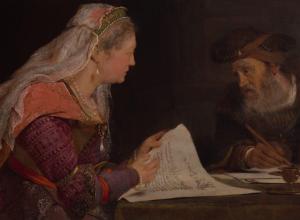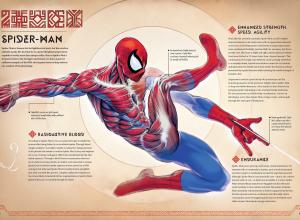Stock exchanges have been offering the public a piece of corporate earnings since the Dutch East India Company opened one in 1602, but only recently has art become a tradable security. Half a dozen or so investment firms specializing in art shares have been steadily evangelizing the potential financial benefits of owning a stake in otherwise out-of-budget works.
Art News
Born in England, formed as a surrealist in Paris, residing in Mexico since 1942, Leonora Carrington had her first solo exhibition in New York in 1948. It was held at the Pierre Matisse Gallery, arranged by her patron, Edward James, an eccentric English collector who also championed the work of Salvador Dalí.
On August 16, 1972, at Riace Marina on the south coast of the Italian boot, amateur diver Stefano Mariottini reported to the local Carabinieri station the presence of archaeological finds which he had stumbled upon while underwater fishing. Five days later, two of the most precious remnants of the ancient world emerged from the Ionian Sea: bronze giants almost two meters tall, surprisingly intact.
Known as the Renaissance's greatest sculptor, Michelangelo was often commissioned to apply his talents to other mediums such as painting and architecture.
Contemporary museums and galleries are faced with the dual challenge and opportunity of working directly with living artists to display work in a way that feels authentic to both parties. However, in an increasingly politicized and polarized world, it has become harder than ever for exhibitions to strike a mutually agreeable balance between presenting the artists’ intended messages and the ones that will keep other stakeholders happy.
Michelangelo, Van Gogh, and Picasso have been alluring subjects for filmmakers throughout the history of cinema. Artists of far lesser stature have also inspired filmmakers over the years. Some are deserving of our attention while others are better left “undiscovered.” Here are a few examples that may surprise you and further ignite your curiosity to explore their legacy.
The impending closure of Christie’s digital art department and the reduction in staff working on NFT sales at other auction houses during the past year calls into question the future of once-astronomically-priced blockchain assets.
Before he had reached the age of 30, Albrecht Dürer (1471-1528) did something that some of his fellow artists considered somewhat odd: Dürer, a highly skilled painter, devoted a significant portion of his artistic output not to the lucrative creation of paintings but to the making of multiples—woodcuts and engravings intended not as versions of paintings or illustrations for books but to be collected and enjoyed as works of art in their own right.
At a time when climate change solutions feel farther from the national agenda than they have in years, cultural institutions across the United States are staging exhibitions that seem like well-timed efforts to keep the environmental conversation alive.
Considered a founder of Impressionism, Edgar Degas actually disliked the label, preferring Realist or Independent. Best known for his paintings and bronze sculptures, Degas was also a printmaker and photographer.


![DEl Kathryn Barton [Australian b. 1972] the more than human love , 2025 Acrylic on French linen 78 3/4 x 137 3/4 inches 200 x 350 cm Framed dimensions: 79 7/8 x 139 inches 203 x 353 cm](/sites/default/files/styles/category_card_187x139/public/ab15211bartonthe-more-human-lovelg.jpg?itok=LJbNuU6F)

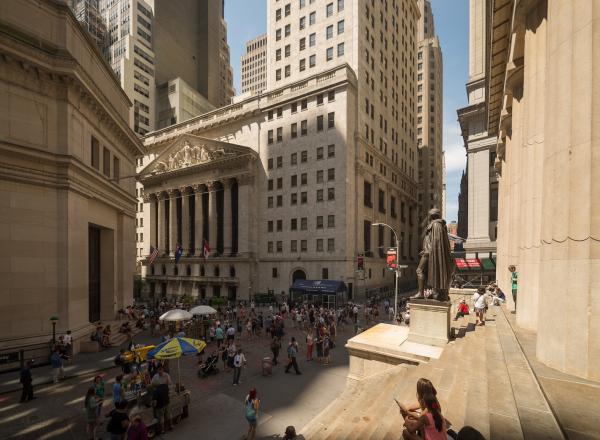
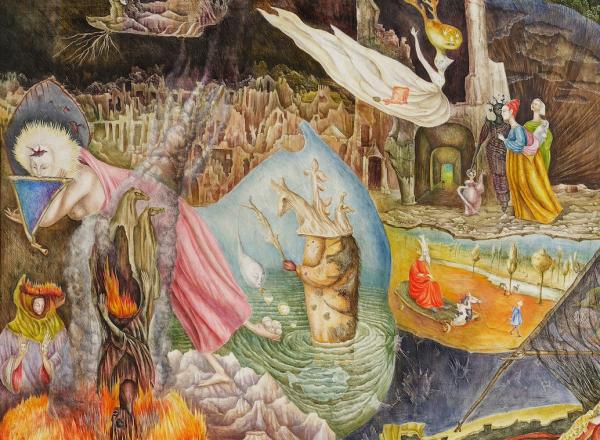
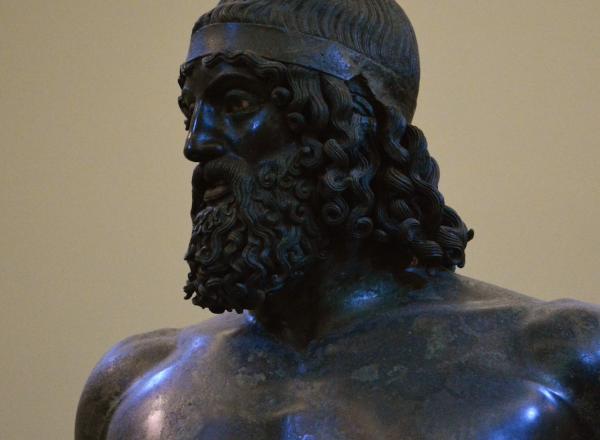
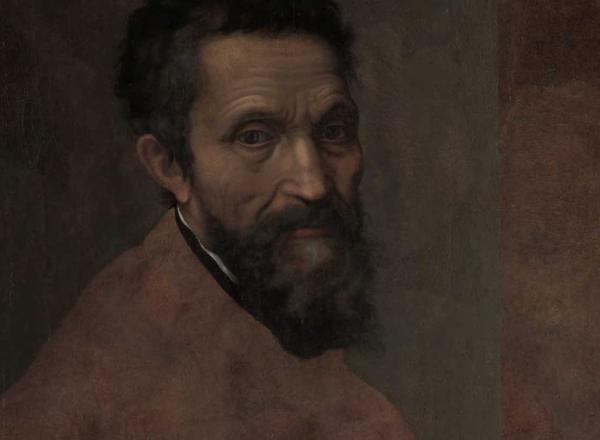
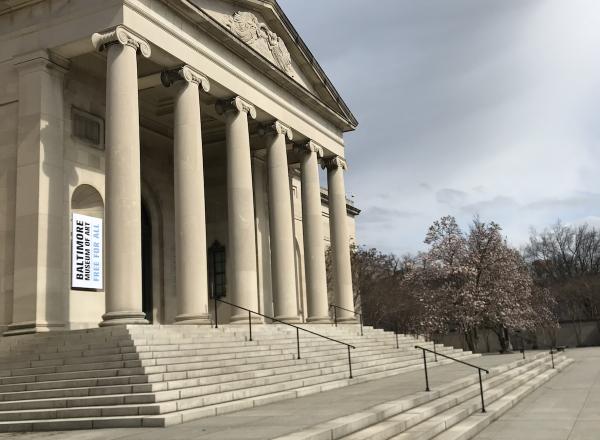
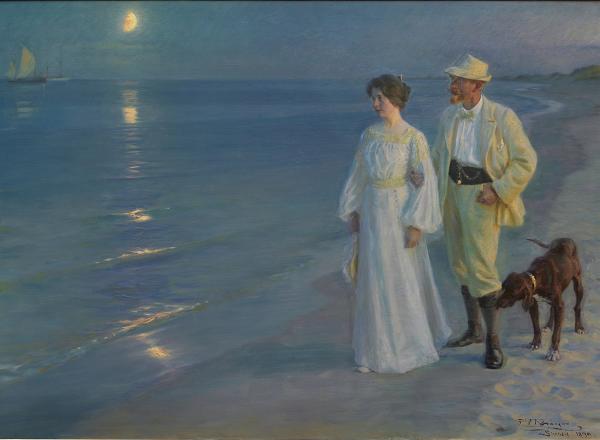

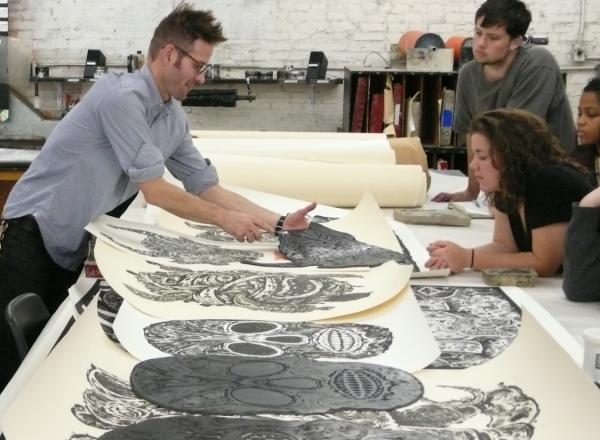
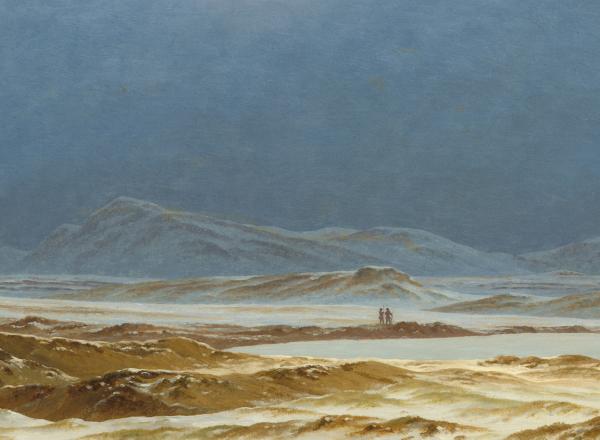
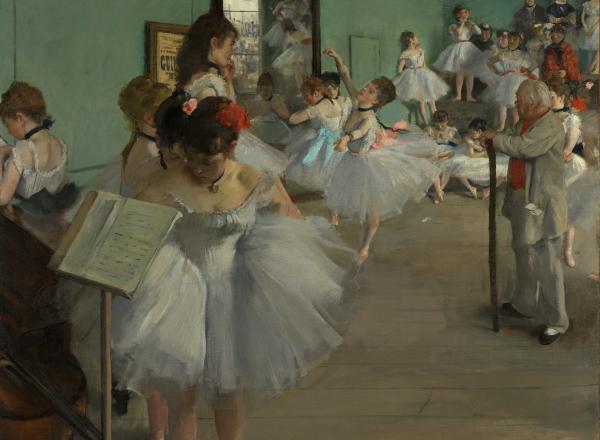

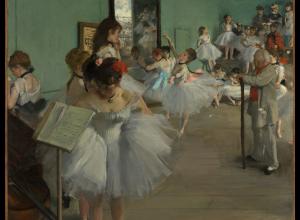


![DEl Kathryn Barton [Australian b. 1972] the more than human love , 2025 Acrylic on French linen 78 3/4 x 137 3/4 inches 200 x 350 cm Framed dimensions: 79 7/8 x 139 inches 203 x 353 cm](https://www.artandobject.com/sites/default/files/styles/image_5_column/public/ab15211bartonthe-more-human-lovelg.jpg?itok=wW_Qrve3)




